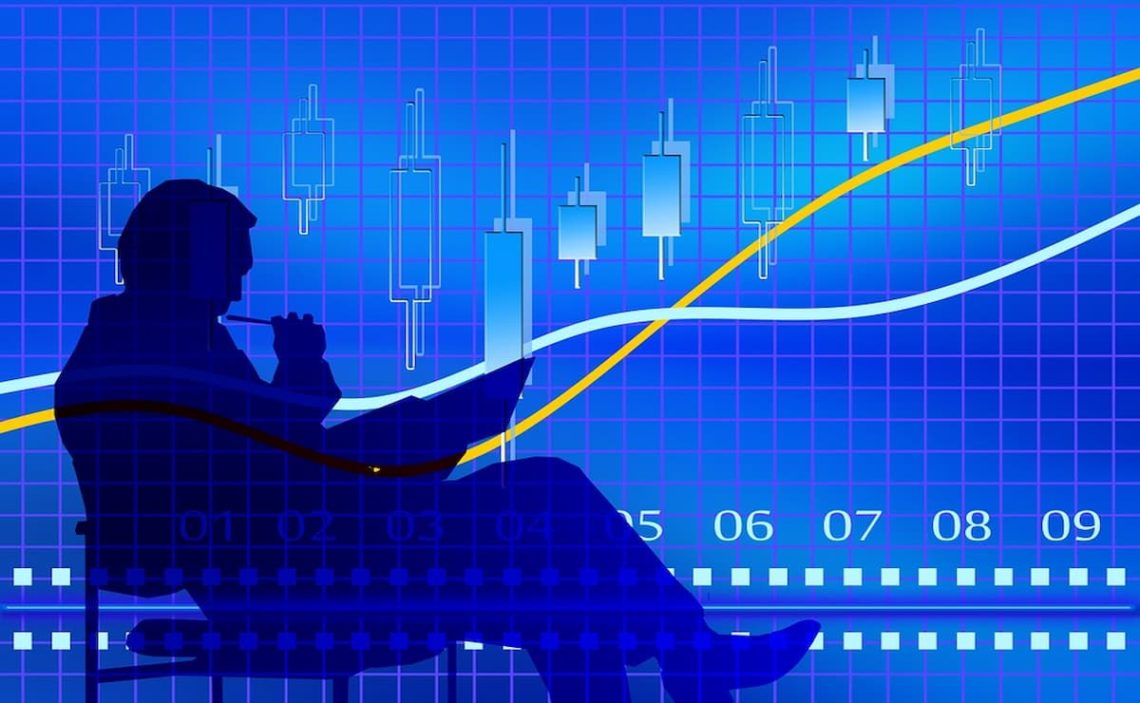To understand how variable costs behave in a company’s economy, it is first necessary to know these costs and what they represent. The first thing to know is that, unlike fixed costs, variable costs evolve and change according to different parameters.
The behavior of costs in a company is analyzed according to whether they remain stable or evolve. Knowing the impact of the expenses on the company’s economy is vital for economic forecasting. However, while fixed costs are relatively easy to control, variable costs are not easy to handle.
That makes variable costs important and necessary when assessing the company’s economics. They are also vital for forecasting the success or failure of a product or business strategy.
Fixed and variable costs
An important issue is that not all companies analyze what a fixed cost is and what is a variable cost in the same way. These analyses will depend on different factors that can introduce even the company’s passive costs.
However, we can determine two more or less general definitions:
Fixed costs
These are costs that remain the same regardless of production or the number of products manufactured or sold. That is especially important in determining the profit margin of a product.
Although the fixed cost remains the same, the unit cost can change. A common example is a decline in the value of a piece of machinery: no matter how many units the machine produces, its devaluation will be related to the years of use.
Variable costs
On the other hand, variable costs will evolve each time an additional unit is produced or sold.
It is important to understand that the cost per unit will remain stable, but if more or fewer pieces are produced, the total cost will be more or less.
For example, the direct materials used in producing a product influence the price of the product. The greater the number of materials used (to make more parts), the higher the cost of expenditure on materials.
Eventually, the fixed cost is represented as a horizontal line in the graphical representation of these costs, while the variable cost is presented as an upward slope.
How cost behavior is represented
The behavior of fixed or variable costs is often represented superimposed on the operational levels.
That is done for different reasons by including elements not foreseen in the previous analysis. For example, imagine that workers must work a certain number of overtime hours or that it is necessary to hire more labor for a certain period. In this case, it is required to superimpose operational levels on fixed or variable costs.
It is generally considered when we understand that the company operates within its normal range of activities. That means that it would not incur additional costs.
However, mixed expenses will combine fixed and variable costs. This is more common than it seems. For example, imagine that a company has a fixed price for the first 1000 units of a component for its product. However, from unit 1001 onwards, it gets a variable discount that evolves according to the number of units ordered.
Cost behavior
Although, as we have seen, we can apply no single formula to the behavior of a cost, some behaviors can be understood in general.
Therefore, although the cost per unit remains stable, the more units are produced or sold in variable costs, the higher the total cost. In this sense, the material we use in the product is a variable cost.
The cost per unit is considered to remain constant and independent of changes in proportionality. However, if the unit variable cost increases, the break-even point also increases.
Finally, the total variable cost in production would be what it costs to produce a single unit or service. That is an important figure obtained by multiplying the price of having a piece or service by the volume sold.
The variable cost is obtained by multiplying the price of manufacturing or producing a unit of the product against the number of products created.


